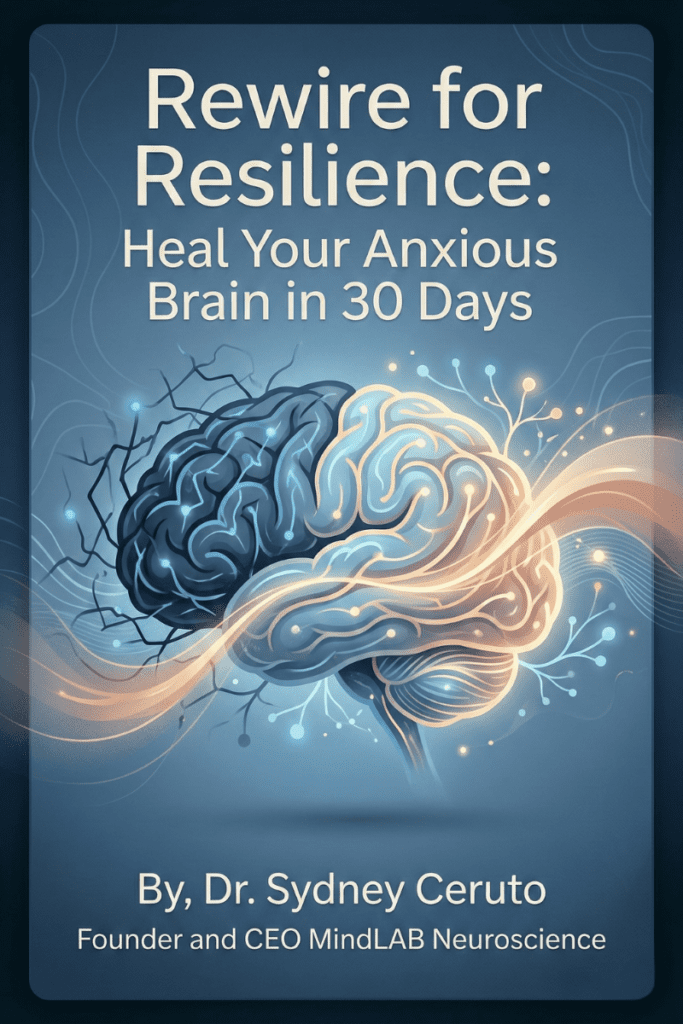Any Attention is Better Than No Attention, Right? Understanding Protest Behaviors in Toxic Relationships
In the complex world of human relationships, we often find ourselves grappling with the age-old question: Is any attention better than no attention at all? This seemingly simple query opens up a Pandora’s box of relationship dynamics, particularly when it comes to protest behaviors in toxic relationships.Protest behaviors are actions taken to regain attention and love when we feel disconnected or threatened in a relationship.
These behaviors can range from excessive texting to emotional manipulation, and while they may stem from a deep-seated need for connection, they often lead to more conflict and emotional pain. Understanding these behaviors and their impact is crucial for anyone looking to improve their relationship dynamics and break free from toxic patterns.
At their core, protest behaviors are a misguided attempt to reestablish a connection with someone and get their attention. They often arise when something goes wrong in a relationship, and we’re desperately trying to “fix” it. While these actions may come from good intentions, they are ultimately unhealthy and can potentially escalate into toxic and abusive relationship patterns.
The Simple Allure of Protest Behaviors
The allure of protest behaviors lies in their immediate, albeit short-lived, effectiveness. At best, they may get someone to begrudgingly give in to your demands. However, this temporary “win” comes at a steep price. At worst, these behaviors can escalate into a toxic and abusive relationship dynamic, creating a cycle of conflict and tension that becomes increasingly difficult to break.It’s essential to recognize that protest behaviors don’t necessarily mean the end of love or the impossibility of a long-term relationship. Instead, they are a clear sign that communication skills need improvement. By understanding and addressing these behaviors, individuals can take the first step towards healthier relationship dynamics and more effective ways of expressing their needs and emotions.
As we delve deeper into the world of protest behaviors, we’ll explore their various forms, their impact on relationships, and most importantly, how to recognize and address them. Remember, the path to healthier relationships begins with understanding, and that’s exactly what we aim to provide in this comprehensive exploration of protest behaviors in toxic relationships.
What Are Protest Behaviors?
Protest behaviors are actions we take when something goes wrong in a relationship, and we’re trying to “fix” it. While they may come from good intentions, they are ultimately unhealthy and can escalate into toxic and abusive relationships. These behaviors are attempts to reestablish a connection with someone and get their attention, often leading to further conflict and tension.
Common Protest Behaviors in Unhealthy Relationships
Recognizing protest behaviors is the first step toward healthier communication. Here are some common examples:
- Badgering: Excessive attempts to get someone’s attention, including excessive texting, calling, and messaging.
- Manipulations: Various forms of dishonesty and psychological games, such as gaslighting or changing the facts of a story to better serve oneself.
How Do Protest Behaviors Differ from Healthy Communication Strategies?
Protest behaviors are often reactive and emotionally charged, whereas healthy communication strategies are proactive and constructive. Healthy communication involves:
- Active Listening: Paying full attention to the other person and showing that you understand their perspective.
- Expressing Needs Clearly: Using “I” statements to express feelings and needs without blaming or criticizing.
- Seeking Compromise: Finding a middle ground where both parties feel heard and respected.
For more information on healthy communication strategies, check out our article on effective communication in relationships.
How Can I Recognize When I’m Falling into Protest Behaviors?
Recognizing when you are falling into protest behaviors is crucial for breaking the cycle of unhealthy communication. Here are some signs to watch for:
- Emotional Triggers: Notice if certain situations or comments trigger intense emotional reactions.
- Patterns of Behavior: Reflect on whether you frequently resort to actions like excessive texting, calling, or emotional outbursts when feeling insecure.
- Feedback from Others: Pay attention to feedback from your partner or friends about your behavior in stressful situations.

What Are Some Non-Manipulative Ways to Express My Needs in a Relationship?
Expressing your needs in a relationship without resorting to manipulation is essential for healthy communication. Here are some strategies:
- Be Direct and Honest: Clearly state your needs and desires without beating around the bush.
- Use “I” Statements: Frame your needs in terms of your own feelings and experiences, such as “I feel loved when we spend quality time together.”
- Ask Open-Ended Questions: Encourage a two-way conversation by asking questions like, “How do you feel about spending more time together?”
For more tips on expressing your needs effectively, visit our guide on understanding emotional triggers.
How Do Protest Behaviors Relate to Attachment Styles?
Protest behaviors are closely linked to attachment styles, particularly anxious-preoccupied attachment. Individuals with this attachment style often exhibit protest behaviors due to a deep-seated fear of abandonment. They may:
- Seek Constant Reassurance: Frequently ask for verbal affirmations of love and commitment.
- Display Emotional Clinginess: Become overly dependent on their partner for emotional validation.
- Invoke Jealousy: Use jealousy as a tool to gauge their partner’s commitment.
Understanding your attachment style can provide valuable insights into your behavior patterns. For more information on how attachment styles influence protest behaviors, visit this article on attachment theory and relationships.
The Impact of Protest Behaviors
At best, protest behaviors may get someone to begrudgingly give in to your demands. At worst, they can escalate into a toxic and abusive relationship. When left unchecked, these behaviors become a normal way people communicate, leading to a cycle of conflict and tension.
How Can Recognizing Protest Behaviors Help in Improving Relationship Dynamics?
Recognizing protest behaviors can be a turning point in improving relationship dynamics. By identifying these behaviors, individuals can:
- Break the Cycle: Interrupt the pattern of unhealthy communication.
- Seek Help: Reach out for professional guidance to develop healthier communication skills.
- Build Trust: Foster a more trusting and respectful relationship environment.

Neuroscience-Based Approaches I Use to Address Protest Behaviors
In my neuroscience-based life coaching practice, I employ several innovative techniques to help clients recognize and modify protest behaviors:
Neuroplasticity-Informed Habit Restructuring: I guide clients through exercises that leverage the brain’s ability to form new neural pathways. By identifying the neural circuits associated with protest behaviors, we work together to create and reinforce healthier response patterns. This approach often involves:
- Visualization techniques to “rewire” automatic responses
- Practicing new behaviors in low-stress situations to strengthen neural connections
- Using positive reinforcement to encourage the brain’s reward system
Emotional Regulation Through Neurofeedback: I utilize cutting-edge neurofeedback technology to help clients gain better control over their emotional responses. This method involves:
- Real-time brain activity monitoring during simulated relationship scenarios
- Teaching clients to recognize and modulate their brain states associated with protest behaviors
- Developing personalized strategies to achieve optimal emotional balance
Stress Response Modulation: Drawing on research about the brain’s stress response system, I help clients manage their physiological reactions that often trigger protest behaviors. This includes:
- Breathing exercises designed to activate the parasympathetic nervous system
- Biofeedback techniques to recognize and control stress responses
- Customized stress-reduction protocols based on individual neurological profiles
Cognitive Reframing with Neurological Insights: I incorporate the latest neuroscientific understanding of cognitive processes to help clients reframe their perceptions and beliefs. This involves:
- Exploring how past experiences have shaped neural pathways related to relationship behaviors
- Identifying and challenging cognitive distortions from a brain-based perspective
- Developing new mental models that promote healthier relationship dynamics
Mindfulness and Neuroplasticity Integration: I combine mindfulness practices with neuroplasticity principles to enhance self-awareness and promote lasting behavioral change. This approach includes:
- Guided meditations focused on areas of the brain associated with emotional regulation
- Mindfulness exercises designed to strengthen the prefrontal cortex, enhancing decision-making in relationships
- Integrating mindfulness into daily routines to maintain and reinforce new neural pathways
By employing these neuroscience-based techniques, I help clients not only understand the root causes of their protest behaviors but also provide them with practical tools to reshape their brain’s response patterns, leading to healthier and more fulfilling relationships.
Healthy Communication Strategies
Becoming a better communicator is a never-ending process. It requires always listening, observing, learning, and adapting to others in the moment. Here are some strategies to improve communication:
- Voice Your Needs Openly: Communicate your feelings honestly and non-threateningly.
- Avoid Manipulation: Be truthful and avoid psychological games.
- Seek Professional Help: Sometimes, professional guidance can help navigate complex relationship dynamics.
Internal Resources
To further understand and improve your relationship dynamics, check out these articles on our website:
- Understanding emotional triggers.
- Effective Communication in Relationships
- Building Healthy Relationship Boundaries
Final Thoughts
Protest behaviors in toxic relationships often escalate conflicts rather than resolve them. Recognizing these behaviors and adopting healthier communication strategies can significantly improve your relationship dynamics. Remember, the path to better communication is ongoing and requires continuous effort and adaptation. For more guidance on building healthy relationships, explore our resources on building healthy relationship boundaries.





